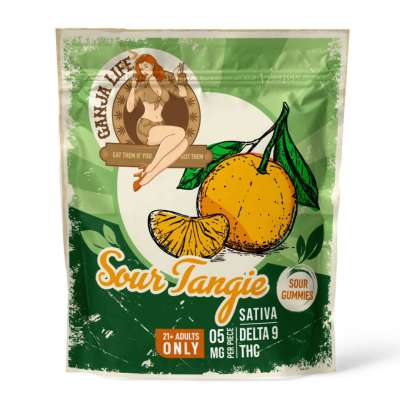
www.thecollector.com
What Is the History of Maritime Trade in the Indian Ocean? (Pre-European)
To understand the history of the Indian Ocean trade, it is important to firstly understand its location and geographical coverage. The Indian Ocean derives its name from India. The water body got its name from early European explorers who named it so due to its close proximity to the Indian subcontinent. The ocean connects the African, Australian, Asian, and Antarctica continents and is ranked third on the list of the world’s largest oceans, behind the Pacific and Atlantic oceans.
The maritime trade that took place on coastal regions connected by the Indian Ocean between 800 AD and the 1500s, before Portugal’s involvement, is what’s referred to as the Indian Ocean trade.
How Did the Indian Ocean Trade Begin?
Swahili distribution map.
Lots of trading hubs emerged in the Indian Ocean around 800 AD as trade between Asians and Africans increased. The trade centers included cities in Tanzania, Kenya, and Mozambique such as Sofala, Mombasa, Malindi, Pate Island, Gede, Lamu, and Kilwa. There was also significant trade on Zanzibar Island. Asians traded in the East African region to obtain ivory, gold, and iron from inland areas. They then traded the items from the region in distant places such as China and India. Trade items that they introduced to the East African region included silk, cotton, and porcelain.
Over the years, the trade centers on the East African coast blossomed into metropolitan cities due to their natural harbors and supportive administrations. Subsequently, a large number of traders from Arabia, India, and Southeast Asia settled on the East African coastal towns.
Portrait of Vasco da Gama. Source: history.com
The traders intermarried with the local tribes, eventually leading to the emergence of a sub-tribe called the Swahili that spoke the Swahili language. The language incorporated Asian, Middle Eastern, and African language dialects – mainly the Bantu, Arabic, and Hindi languages. As the coastal Swahili trade centers grew, they played an increasingly important role in world trade. While they were widely recognized in Africa and Asia, they were largely unknown in Europe until 1498 when Vasco da Gama, a Portuguese explorer, stumbled upon the bustling port cities of Kilwa, Sofala, Mombasa, and Malindi. This was after he sailed up to Africa’s east coast.
How Was the Indian Ocean Trade Carried Out on the Indian Side?
Map of Indian Ocean trade routes
For many years, India sat in the center of the Indian Ocean trade network. Its main trade centers at the time were Cochin, Calicut, Cannanore, Goa, and Quilon. Many of the centers were situated in the southern part of India. Of all the trading zones in India, Calicut was the most prominent due to its role as the largest source of pepper. Traders from regions such as Ormuz, Aden, Malacca, and China frequented the trade hub in order to obtain the rare commodity.
Around the 15th century, Muslims began to dominate international trade and started to control critical port cities. The traders who were mostly from the Arabian Peninsula settled in places such as Africa, Sri Lanka, India, and Indonesia. In regions where they set up large trading centers, they also installed their own powerful rulers called sultans. The places included Malacca on the Malay Peninsula, Tidore in the Moluccas, and port cities in eastern Africa.
How Did the Indian Ocean Trade Come to an End?
Illustration of Vasco da Gama in Calicut, 1502. Source: Wikipedia
For a long time, European countries traded with Asia. However, the trade routes were plagued with constant perils due to raging wars and territorial disputes. To solve this problem, European nations sought shorter and more convenient routes to Asia. King Manuel I of Portugal directed Portuguese explorer, Vasco da Gama, to lead an expedition mission to find a sea-route to India. Da Gama reached the Cape of Good Hope in South Africa on November 22, 1497 and then sailed onwards to the coast of East Africa where he came across its busy port cities. There, his expedition secured the services of an experienced Arab navigator named Ahmad ibn Majid who helped them reach Calicut, India.
Fort Jesus in Mombasa. Source: Unesco
In September 1499, Vasco da Gama returned to Portugal and reported his findings to the king. Right away, more Portuguese ships were sent to the east coast of Africa with a mission to plunder valuable trade items and force the traders to pay taxes to Portugal. Because the port cities never had armies for protection, they were vulnerable to the Portuguese attacks. One after another, the Portuguese government took over the trade centers and ships full of rare trade items were sent to Portugal. The Portuguese invaders also built forts in East African cities such as Kilwa and Mombasa to protect their interests.
Nevertheless, Portugal failed to control the Indian Ocean trade as most intercontinental trade activities came to a halt following its invasion. And thus, the Indian Ocean trade as previously existed came to an end.














